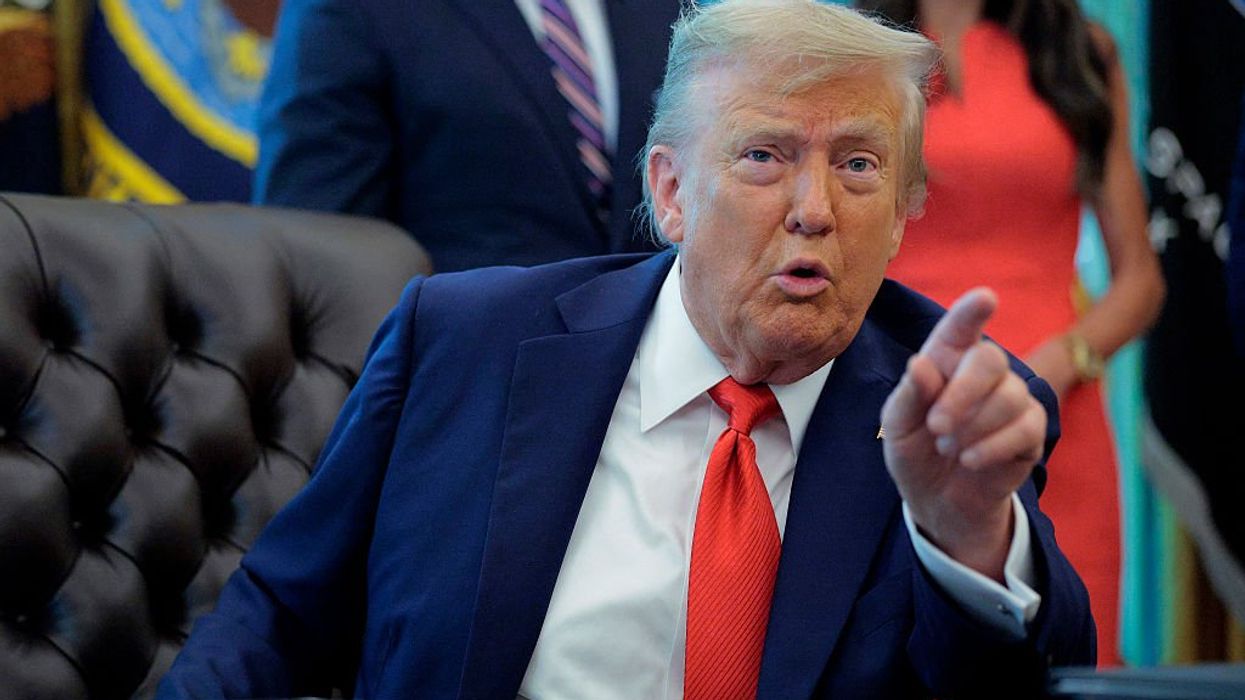If you answered “Paul Revere,” you’re only half-right.
Glenn Beck’s new book, Miracle and Massacres, is about helping people connect with the true, untold history of America. In chapter one, Glenn tells the story of Jack Jouett, an ordinary man whose courage and heroism may very well have saved the country.
One of the things that make America so exceptional is that the country has been built on the contributions of ordinary people acting out of virtue and valor to accomplish extraordinary feats against improbable odds.
Jack Jouett was one of them.
On June 3, 1781, Jouett, a 26 year-old Virginian, did something that many people in their mid-twenties still do today: he went to a local tavern. But Jouett did not go to drink; he went to listen. Standing outside Cuckoo’s Tavern, pretending to tend to his horse and dressed in the British military uniform he’d taken from a captured Redcoat, despite serving in the Virginia militia, Jouett waited. And watched.
By great fortune, or perhaps something more, it so happened that the infamous Colonel Banastre “Bloody” Tarleton, one of the most vicious and hated of all the British troops, arrived at the tavern that night and spoke two words that pulsed like a shock through Jouett’s body: Monticello and Charlottesville.
Jouett understood instantly: The British were coming for Thomas Jefferson.
Knowing that local troops had all been sent off to faraway battles, Jouett immediately realized the gravity of the situation. The capture of a signer of the Declaration of the Independence, not to mention the other Virginian leaders residing in the capitol of Charlottesville, such as Patrick Henry and Richard Henry Lee, would weaken the country’s morale. The already shaky Revolution would be in grave danger.
The main roads from Louisa to Charlottesville were all controlled by the British at that point in the war, leaving backwoods trails as Jouett’s only option.
He didn’t hesitate.
Riding all night by the light of the moon, branches slashing his face and body for almost the entire 40-mile journey, Jouett arrived at Jefferson’s Monticello estate without a minute to spare.
By saving Jefferson from capture, and very possibly death, Jouett prevented the British from notching a major victory. Would his failure have changed the outcome of the Revolution itself? It’s impossible to know, but good evidence exists that things were tenuous enough at the time that it very well may have.
Today, the name Jack Jouett is not nearly as well known as that of Paul Revere—but Jouett’s actions were equally as heroic. Like Revere’s ride before him, Jouette’s illustrates the adage that evil will triumph if good men do nothing. Jouett easily could have cowered in the face of the dominant British army. He could have reached out to others for help. He could have pretended he’d never heard a thing and fled Virginia altogether. But he didn’t do any of that. Instead, he acted.
While the issues we face today may be very different, the lesson that Jouett’s heroic ride leaves us with is more relevant than ever: Great change requires equally great action—whether in colonial Virginia or modern-day America. It also teaches us that every action, no matter how small, makes a difference. A singular act can pave the way for another, and another after that, and so on—until all of those small, seemingly insignificant, ripples in the water turn into a giant tsunami wave.
Good doesn’t always prevail, and we all know there are no guarantees in life. But I do know that those who believe in a cause, and are willing to act when called, are far more likely to win than those who rely on words alone.
Thanks to Jack Jouett and the incredible ride he made over 232 years ago, that lesson is now more clear than ever.
To read the full, incredible story of Jack Jouett, along with 11 other epic and untold stories from American history, check out Glenn Beck’s new book, Miracles and Massacres. You can find story summaries, excerpts and audio samples by visiting glennbeck.com/miracles.

 Chip Somodevilla / Staff | Getty Images
Chip Somodevilla / Staff | Getty Images
 ROBYN BECK / Contributor | Getty Images
ROBYN BECK / Contributor | Getty Images Andrew Harnik / Staff | Getty Images
Andrew Harnik / Staff | Getty Images